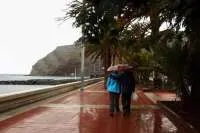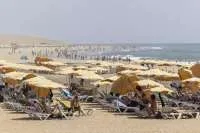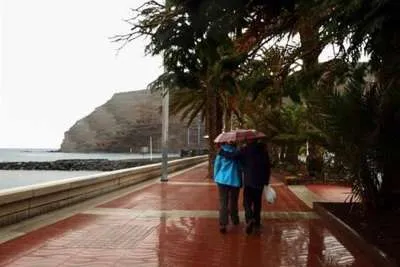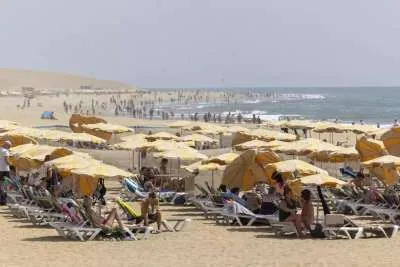Holiday rental properties wipe out over half of residential housing supply in the Canary Islands
- 22-05-2025
- National
- Canarian Weekly
- Photo Credit: El Diario
The increase in the number of holiday rental properties continues to fuel a housing crisis in the Canary Islands, where more than half of residential rental properties have been absorbed by the tourist market.
This stark finding comes from the Bank of Spain's 2024 Annual Report, which highlights how tourist accommodation is severely limiting the availability of housing for local residents.
In addition to holiday lets, foreign property purchases and the rise of short-term and room-only rentals have further restricted the supply of long-term housing. These combined pressures have placed the Canary Islands among the most strained regions in Spain when it comes to the availability of residential housing.
Surging Demand, Shrinking Supply
According to the Bank of Spain, demand for housing in the archipelago is rising rapidly, driven by consistent population growth, particularly from new foreign residents. There has also been a notable rise in single-person households, increasing the overall need for housing units.
The report also notes that non-residents are increasingly purchasing second homes in the region. In 2024, such buyers accounted for 8.4% of all property transactions nationwide, with even higher concentrations in tourist hotspots like the Canary Islands.
While demand has soared, the supply of rental properties has dwindled. This is especially evident in urban and tourist areas where short-term holiday lets have removed tens of thousands of properties from the long-term rental market. Recent figures from ISTAC (Canary Islands Institute of Statistics) show that over 48,000 homes in the archipelago are currently registered as tourist accommodations.
Further compounding the issue is the rise in alternative forms of rental, such as temporary lets and individual room rentals, which continue to encroach on the traditional rental market.
Housing Capacity Under Strain
The combination of these factors has overwhelmed the region’s housing stock. In both Santa Cruz de Tenerife and Las Palmas, there are just 1.1 homes available per household, one of the lowest ratios in Spain. This figure indicates that nearly every existing home is already occupied, leaving no buffer to accommodate new demand.
The Bank of Spain warns that this mismatch between supply and demand is driving up prices and severely limiting access to affordable housing, particularly for young people and low- to middle-income families.
Soaring Monthly Rental Costs
The most visible consequence of this strained market is the persistent increase in property prices. Between 2014 and 2024, property prices in the Canary Islands rose by 40%, one of the steepest increases in the country.
Monthly rental prices have also surged. In 2024, the average monthly rent jumped by 17.4% to €1,051. As a result, Canarian tenants now spend, on average, 55% of their gross income on rent, well above the 30% affordability threshold recommended by housing experts.
Mounting Social Tensions
The crisis has sparked growing public discontent. In May 2025, over 30,000 people marched across all of the Canary Islands, calling for limits on mass tourism and denouncing its social, economic, and environmental impacts.
Protesters voiced concerns over the unaffordability of housing, soaring living costs, stagnant wages, rising inequality, and increasing poverty. These demonstrations highlight the urgent need for structural reforms to rebalance the housing market and protect residents' right to adequate and affordable homes.
Other articles that may interest you...
Trending
Most Read Articles
Featured Videos
A Vision of Elvis Tenerife Promo
- 10-05-2025
TEAs 2025 Highlights
- 17-11-2025




























































